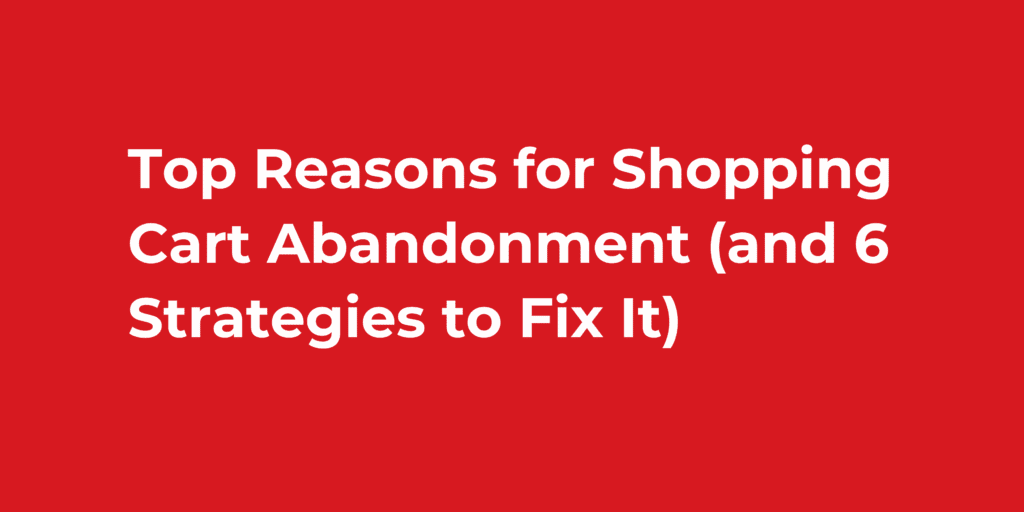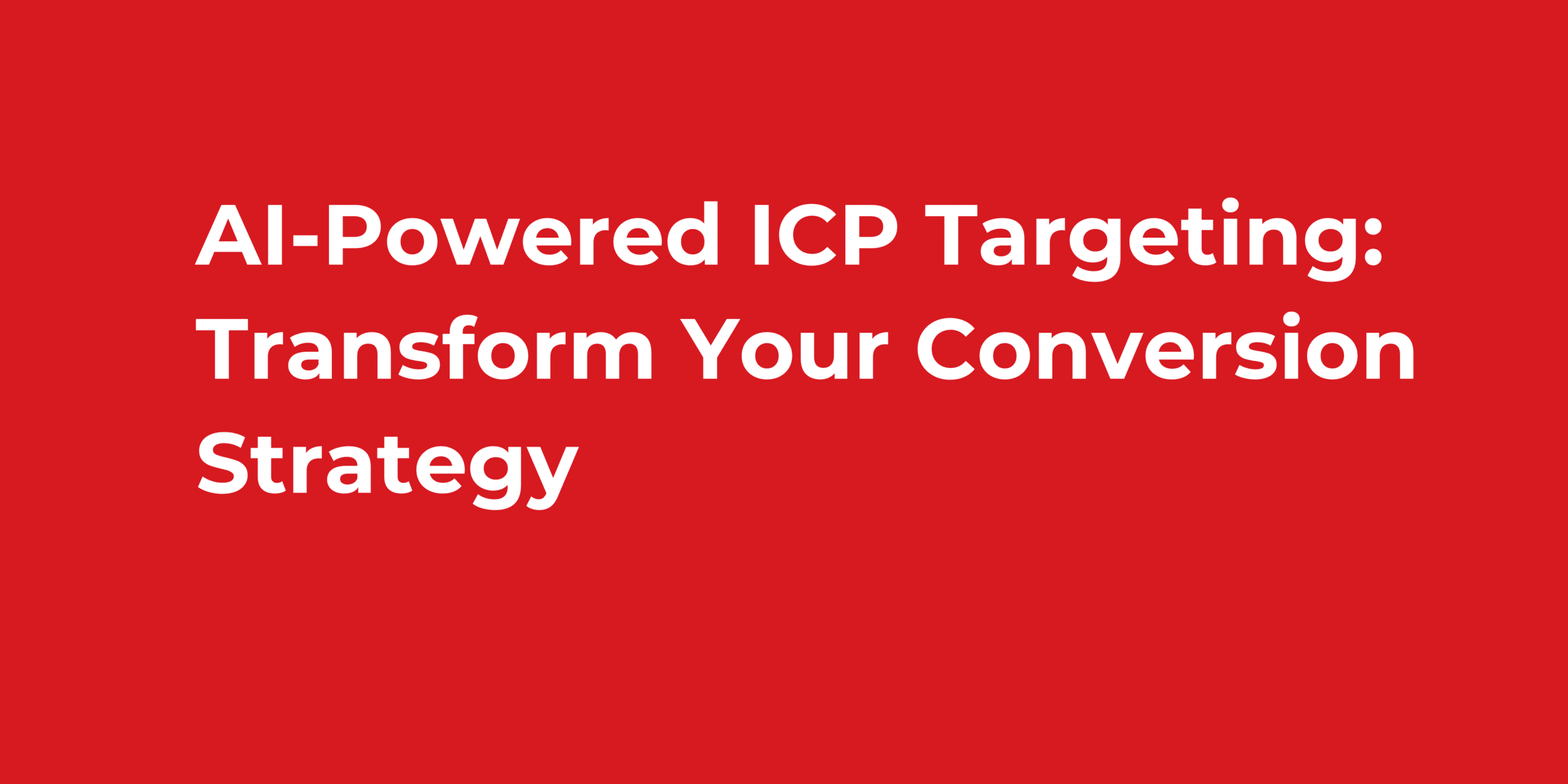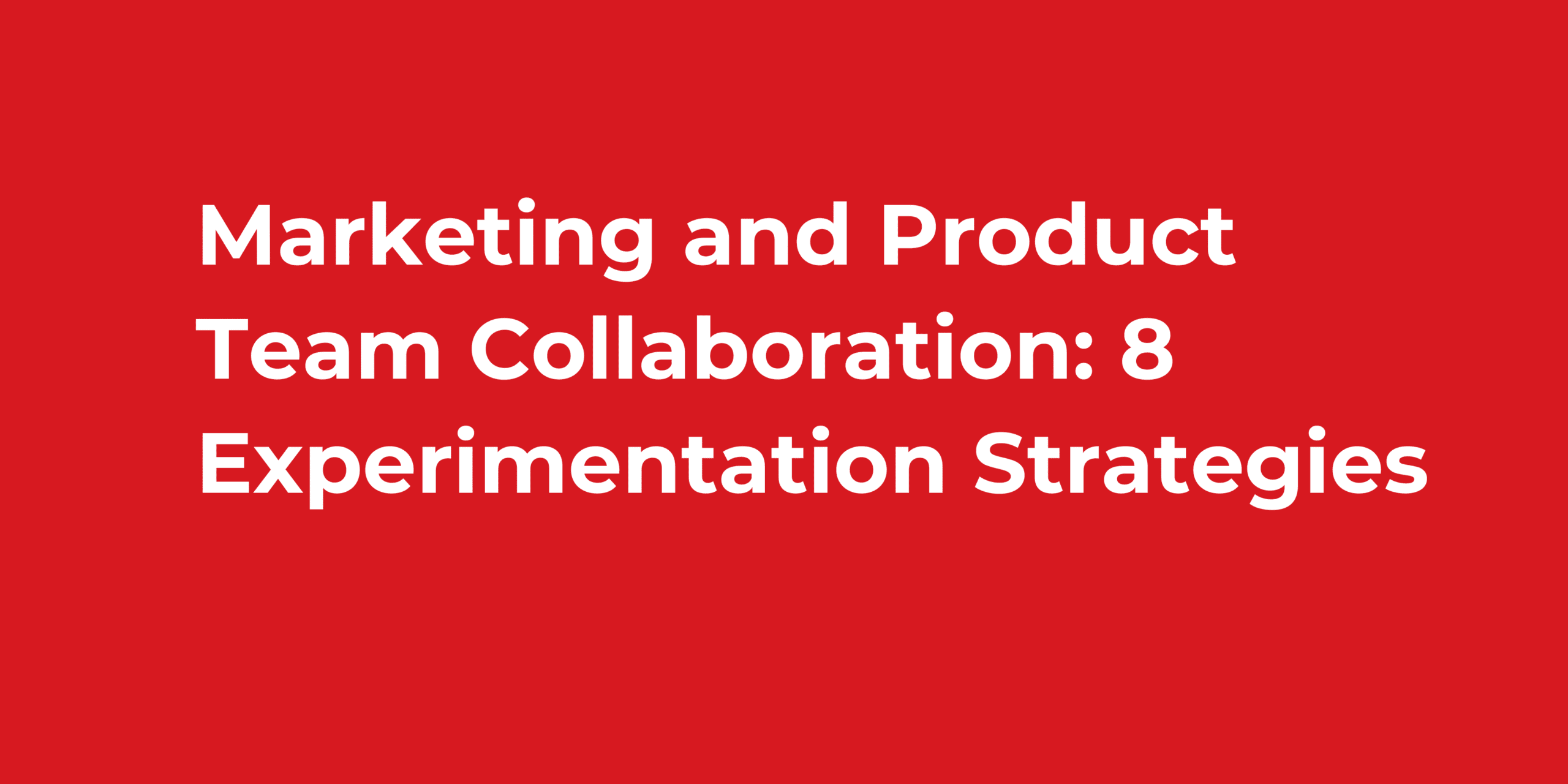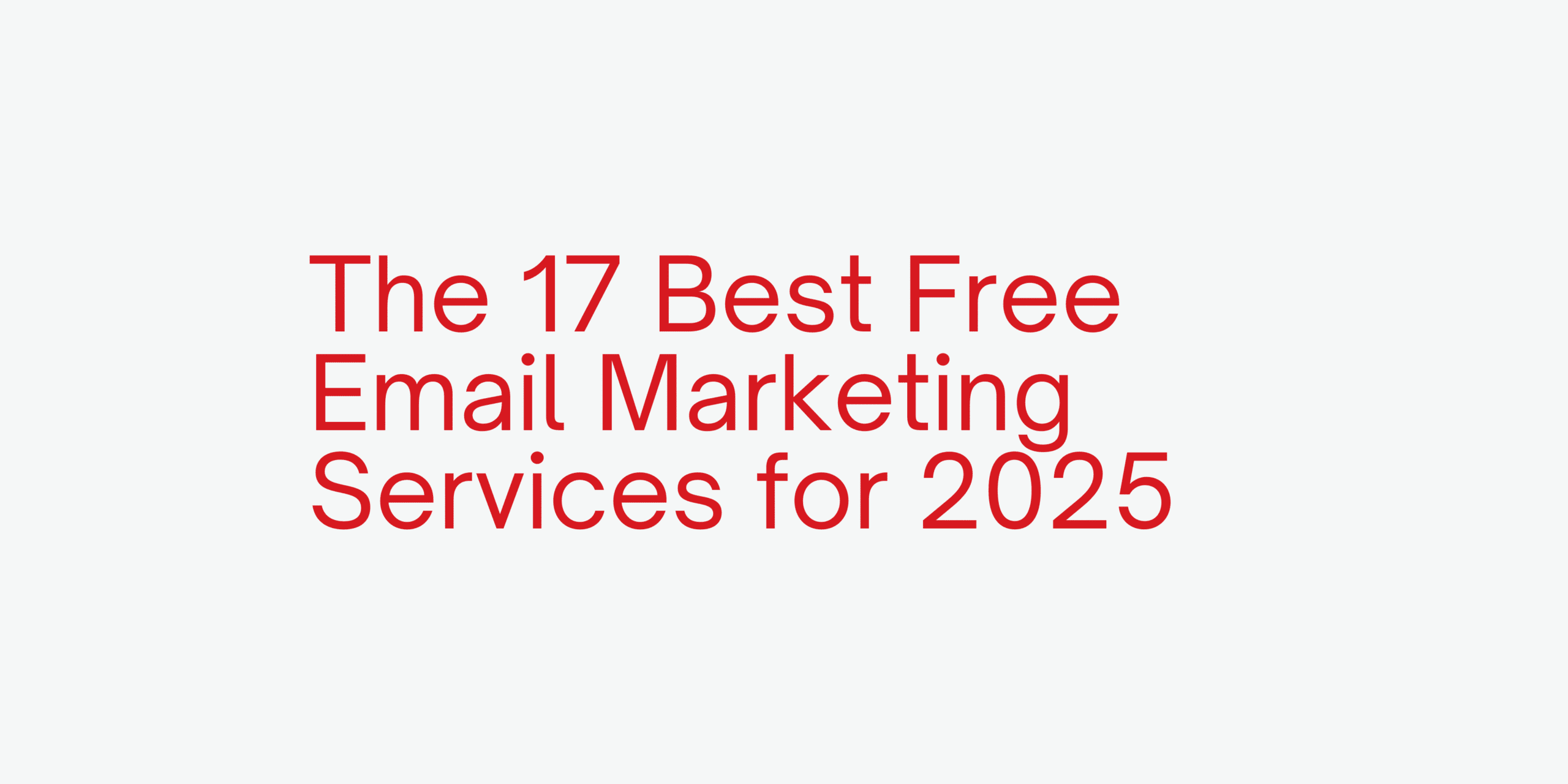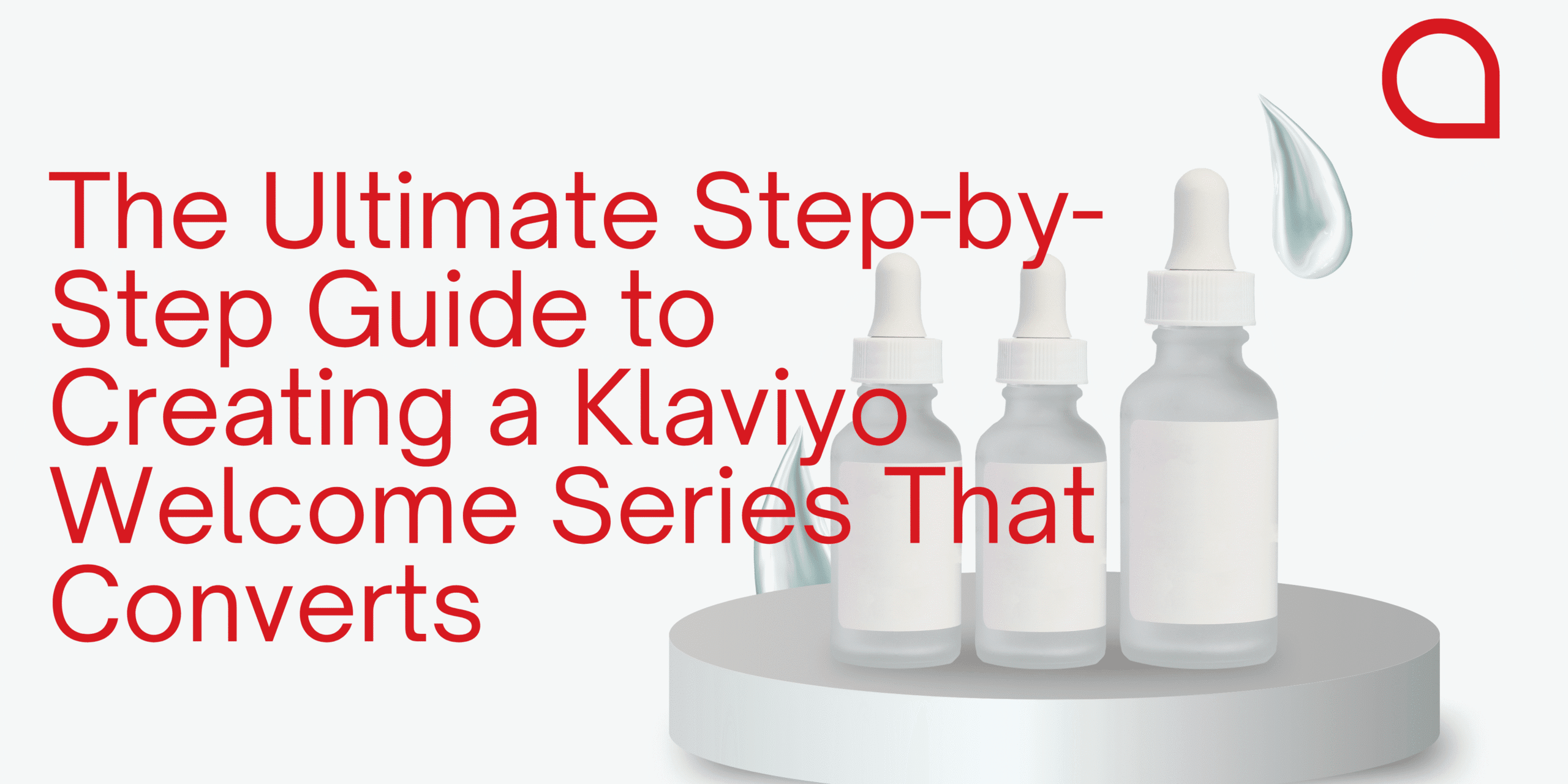Imagine this: A customer browses your online store, finds products they love, adds them to their cart, and then… disappears. No purchase. No explanation. Just an abandoned cart and lost revenue.
If this scenario sounds familiar, you’re not alone. Implementing effective cart abandonment strategies is crucial because the average e-commerce store loses nearly 70% of potential sales to cart abandonment. That’s seven out of every ten customers who show purchase intent but never complete the transaction.
The good news? Cart abandonment is one of the most fixable problems in e-commerce. Understanding why customers abandon their carts and implementing proven cart abandonment strategies can help you recover a significant portion of that lost revenue. In this comprehensive guide, we’ll explore the top reasons customers leave without buying and share six powerful strategies to bring them back.
Why Understanding Cart Abandonment Matters
Before diving into solutions, let’s understand the scope of the problem. According to Baymard Institute, the average documented online shopping cart abandonment rate is 69.99%. For e-commerce businesses, this represents billions in lost revenue annually.
Here’s what cart abandonment costs:
- An online store generating $100,000 monthly could be losing $233,000 to abandoned carts
- Small improvements in cart recovery can add thousands in monthly revenue
- Even recovering 10-15% of abandoned carts can significantly impact your bottom line
The silver lining? Unlike customers who never visit your site, cart abandoners have already shown strong purchase intent. They’re warm leads who are much easier to convert than cold traffic, making cart abandonment strategies incredibly cost-effective compared to acquiring new customers.
Top 8 Reasons Customers Abandon Shopping Carts
Understanding the “why” behind cart abandonment is the first step in developing effective cart abandonment strategies. Let’s examine the most common culprits:
1. Unexpected Extra Costs
The number one killer of online sales is surprise fees. When customers see their total jump at checkout due to shipping costs, taxes, or handling fees they didn’t anticipate, many immediately abandon their purchase.
The psychology behind it: Customers mentally commit to a price point when they add items to their cart. Unexpected costs feel like a betrayal of that mental agreement, triggering what psychologists call “loss aversion” – the pain of paying more than expected outweighs the pleasure of the purchase.
The data: Research shows that 48% of shoppers abandon carts due to unexpected shipping costs, making this the leading cause of cart abandonment across all industries.
2. Mandatory Account Creation
Forcing customers to create an account before checkout is like asking for their life story before a first date – it’s too much, too soon. Many shoppers are making one-time purchases or simply aren’t ready to commit to another account with yet another password to remember.
The impact: Studies show that 24% of shoppers abandon carts when forced to create an account. Guest checkout options can significantly reduce this friction.
3. Complicated or Lengthy Checkout Process
Every additional step in your checkout process is an opportunity for customers to reconsider, get distracted, or simply give up out of frustration. A checkout process that requires multiple pages, excessive form fields, or confusing navigation will hemorrhage customers at every stage.
What’s too long? If your checkout takes more than 2-3 minutes to complete, you’re likely losing customers. The best-performing e-commerce sites use streamlined, single-page checkouts or simple two-step processes.
4. Security and Privacy Concerns
In an era of data breaches and identity theft, customers are rightfully cautious about sharing payment information. If your checkout page lacks visible security indicators or looks untrustworthy, customers will abandon rather than risk their financial information.
Trust signals matter: Missing trust badges, no SSL certificate (HTTPS), or an unprofessional-looking checkout page can trigger immediate abandonment. Security concerns cause 18% of cart abandonments.
5. Limited Payment Options
Today’s shoppers expect flexibility in how they pay. If you only accept credit cards, you’re excluding customers who prefer PayPal, digital wallets, or buy-now-pay-later services. Different demographics have different payment preferences, and not accommodating them means losing sales.
The modern payment landscape: Younger shoppers especially prefer digital wallets and installment payment options. B2B customers often need invoice or purchase order capabilities.
6. Website Errors and Technical Issues
Nothing kills a purchase faster than a website that doesn’t work. Broken checkout pages, payment processing errors, slow load times, or forms that don’t function properly create immediate friction and distrust.
The speed factor: If your checkout page takes more than 3 seconds to load, you’re losing customers. Every additional second of load time can decrease conversions by up to 7%.
7. Poor Mobile Experience
With mobile commerce growing exponentially, a checkout process that doesn’t work seamlessly on smartphones is a critical failure. Tiny text, difficult-to-tap buttons, and forms that don’t work well with mobile keyboards frustrate mobile shoppers into abandoning their carts.
Mobile shopping reality: Over 50% of e-commerce traffic now comes from mobile devices, but mobile conversion rates are typically lower than desktop – often due to poor mobile optimization.
8. Unclear or Unfavorable Return Policy
Customers want to know they can return products if something goes wrong. An unclear, hard-to-find, or overly restrictive return policy creates doubt at the moment of purchase. When customers can’t easily verify your return policy, many choose not to risk the purchase.
The Amazon effect: Major retailers have conditioned customers to expect easy, free returns. While you don’t need to match Amazon’s policies, you do need to clearly communicate what yours are.
6 Proven Cart Abandonment Strategies That Actually Work
Now that we understand why customers abandon carts, let’s explore the most effective cart abandonment strategies to recover those lost sales and prevent future abandonment.
Strategy #1: Eliminate Surprise Costs with Price Transparency
The most impactful cart abandonment strategy is also the simplest: be upfront about all costs from the very beginning. Customers appreciate honesty and transparency, and showing total costs early builds trust rather than destroying it at checkout.
How to implement this strategy:
Display shipping costs early: Show estimated shipping on product pages or as soon as items are added to the cart. Use a shipping calculator that provides estimates based on zip code or country.
Break down costs clearly: In your cart view, show itemized costs: subtotal, shipping, taxes, and any fees. No surprises means fewer abandonments.
Consider free shipping thresholds: If shipping costs are your main abandonment trigger, implement a minimum order value for free shipping. Display progress bars showing “Add $XX more for free shipping!” to encourage larger orders.
Build costs into pricing: Some successful stores build shipping into product prices and advertise “free shipping” – customers often prefer this psychological framing even if the total is similar.
Highlight savings: Show customers any discounts, promotions, or savings they’re receiving. Positive financial information helps counterbalance the impact of necessary costs like taxes.
Real-world example: Online retailer Zappos built their brand on free shipping and free returns, turning what could be an abandonment trigger into a competitive advantage. While you may not be able to match their model, the principle of cost transparency remains powerful.
Strategy #2: Streamline Your Checkout Process
A friction-free checkout process is one of the most effective cart abandonment strategies. Every second of delay and every unnecessary field increases your abandonment rate. Optimization here pays immediate dividends.
How to implement this strategy:
Offer guest checkout: Don’t force account creation. Let customers complete purchases quickly, then offer account creation afterward as an optional convenience (“Save this information for faster future checkouts?”).
Minimize form fields: Only ask for absolutely essential information. Every additional field decreases completion rates. Use smart defaults and autofill wherever possible.
Implement a progress indicator: Show customers where they are in the checkout process and how many steps remain. Uncertainty breeds abandonment.
Enable address autocomplete: Use address validation and autocomplete services to reduce typing and errors. This is especially crucial on mobile devices.
Allow cart editing at checkout: Let customers modify quantities or remove items without returning to the cart page. Reduce the number of clicks required for any action.
Save cart progress automatically: If customers navigate away, save their cart information so they can easily return. This works in conjunction with abandoned cart recovery emails.
Use smart field validation: Validate form fields in real-time with helpful error messages, not after submission. Make it clear what’s required and in what format.
Optimize for mobile: Use large, touch-friendly buttons, mobile-optimized keyboards for different field types (numeric for phone numbers, email keyboard for email fields), and simplified layouts that work on small screens.
Testing and optimization: According to Baymard Institute research, the average checkout requires 23.48 form fields, but best-in-class checkouts use far fewer. Test reducing fields and measure the impact on completion rates.
Strategy #3: Deploy Abandoned Cart Email Campaigns
Abandoned cart email campaigns are among the most effective and highest-ROI cart abandonment strategies available. These automated emails remind customers about items they left behind and provide gentle encouragement to complete their purchase.
How to implement this strategy:
Create a three-email sequence:
- Email 1 (1 hour after abandonment): A gentle reminder with product images and a direct link back to their cart. Subject line: “You left something behind!”
- Email 2 (24 hours later): Add urgency or social proof. Mention if items are low in stock or show customer reviews. Subject line: “Still thinking about it?”
- Email 3 (3-5 days later): Consider offering a small incentive like free shipping or a modest discount. Subject line: “Here’s 10% off to complete your order”
Personalization is critical: Use the customer’s name, show images of their specific abandoned products, and reference the exact items they were considering. Generic emails don’t work.
Mobile optimization matters: Over 50% of emails are opened on mobile devices. Ensure your abandoned cart emails look great and function perfectly on smartphones.
Create urgency carefully: Scarcity and urgency can be effective (“Only 2 left in stock!”) but must be genuine. Fake urgency damages trust and brand reputation.
Make it effortless: The call-to-action button should take customers directly to their populated cart, not the homepage. Remove every possible barrier to completion.
Test and optimize: A/B test subject lines, send times, incentives, and email copy. Small improvements compound into significant revenue increases.
The numbers don’t lie: Research from Omnisend shows that abandoned cart emails have an average open rate of 45% and click-through rate of 21%, with nearly 11% of clicks resulting in a recovered purchase. That’s significantly higher than typical marketing email performance.
Strategy #4: Build Trust with Security and Social Proof
Trust is currency in e-commerce. When customers don’t trust your site, no amount of discounts will convince them to share their payment information. Strong cart abandonment strategies always include trust-building elements throughout the customer journey.
How to implement this strategy:
Display prominent security badges: Show SSL certificates, PCI compliance badges, and logos of recognized payment processors (Visa, Mastercard, PayPal, Stripe) on every checkout page.
Use HTTPS everywhere: Ensure your entire site, especially checkout pages, uses HTTPS encryption. Browsers now flag HTTP sites as “Not Secure,” which immediately triggers abandonment.
Showcase customer reviews and ratings: Display recent positive reviews on product pages and strategically in the checkout flow. Real customer testimonials build confidence.
Add money-back guarantees: If appropriate for your products, offer a satisfaction guarantee or money-back promise prominently displayed at checkout.
Show real-time purchase notifications: Display notifications like “Sarah from New York just purchased this item” to create social proof and urgency (ensure these are genuine, not fabricated).
Make customer service visible: Display your phone number, live chat option, or email prominently. Knowing help is available if something goes wrong increases confidence.
Highlight your return policy: Make your return policy easy to find and understand. Link to it prominently on product pages and at checkout.
Professional design matters: A polished, professional-looking checkout page signals trustworthiness. Poor design, typos, or outdated visuals undermine confidence.
Trust seals ROI: Research indicates that prominent trust badges can increase conversions by up to 42%. The small investment in certification and badge display pays significant dividends.
Strategy #5: Expand Your Payment Options
Payment flexibility is a crucial component of effective cart abandonment strategies. Different customers prefer different payment methods, and not offering their preferred option can be an immediate dealbreaker.
How to implement this strategy:
Accept all major credit cards: At minimum, accept Visa, Mastercard, American Express, and Discover. The processing fees are a small price compared to lost sales.
Integrate digital wallets: Implement Apple Pay, Google Pay, PayPal, and Shop Pay. These one-click payment options dramatically reduce friction and are increasingly popular, especially among mobile shoppers.
Offer buy-now-pay-later options: Services like Klarna, Afterpay, Affirm, and PayPal Pay in 4 appeal to younger demographics and customers making larger purchases. They can increase average order values and conversion rates.
Consider cryptocurrency: Depending on your market and customer base, accepting Bitcoin or other cryptocurrencies might differentiate you from competitors.
B2B payment options: If you serve business customers, offer invoice payment, net-30 terms, or purchase order capabilities.
International payment methods: If you sell globally, research and integrate region-specific payment methods popular in your target markets.
Display payment options clearly: Show logos of accepted payment methods on product pages and early in the checkout process so customers know their preferred option is available.
One-click reordering: For returning customers, securely save payment information (with permission) to enable one-click checkout on future purchases.
The conversion impact: According to payment industry research, offering 3-4 different payment method types can increase conversion rates by up to 30% compared to credit cards alone.
Strategy #6: Optimize for Mobile Commerce
With mobile commerce representing an increasingly large share of online sales, mobile optimization isn’t optional – it’s essential. Mobile-specific cart abandonment strategies can dramatically improve your conversion rates from smartphone and tablet users.
How to implement this strategy:
Responsive design is mandatory: Your checkout must automatically adapt to different screen sizes with readable text, appropriately sized buttons, and logical layouts that work on small screens.
Minimize typing on mobile: Use dropdown menus, checkboxes, and toggles instead of text fields wherever possible. Enable autofill for addresses and payment information.
Use mobile-optimized form fields: Trigger the appropriate keyboard type for each field (numeric for phone numbers, email keyboard for email addresses). This small detail significantly improves the user experience.
Implement mobile payment wallets: Apple Pay and Google Pay provide authenticated, one-tap payment specifically designed for mobile devices. They’re faster and more secure than manually entering card details on a small screen.
Optimize page speed: Mobile users often shop on cellular connections. Compress images, minimize code, and ensure your checkout loads in under 2 seconds on mobile networks.
Test on actual devices: Emulators don’t capture the real mobile experience. Test your checkout on various smartphones and tablets with different screen sizes and operating systems.
Simplify mobile navigation: Reduce the number of taps required for any action. Use sticky “Continue to Checkout” buttons that remain visible as users scroll.
Enable biometric authentication: Support fingerprint and face recognition for payment authentication on mobile devices for maximum convenience and security.
Mobile-first mindset: The best-performing e-commerce sites design for mobile first, then adapt up to desktop, rather than the reverse. This ensures the mobile experience is optimized rather than compromised.
The mobile opportunity: While mobile accounts for over 50% of e-commerce traffic, mobile conversion rates typically lag desktop by 2-3x. Effective mobile optimization can close this gap and unlock significant revenue.
Additional Proven Cart Abandonment Strategies
Beyond the six primary strategies, consider these supplementary cart abandonment tactics to further optimize your recovery efforts:
Exit-Intent Popups: Trigger special offers or reminders when customers move to close the browser tab. Offer free shipping or a small discount to encourage completion.
Live Chat Support: Implement live chat or chatbot assistance on checkout pages to answer questions and address concerns in real-time that might otherwise cause abandonment.
Retargeting Ad Campaigns: Use Facebook and Google retargeting ads to remind customers about their abandoned items as they browse other websites.
SMS Recovery Messages: For customers who’ve opted in, send text message reminders about abandoned carts. SMS has high open rates and can be very effective.
Limited-Time Urgency: Create genuine urgency with countdown timers on special offers or inventory notifications when items are nearly sold out.
Wishlist and Save-for-Later Options: Give customers a way to bookmark items they’re interested in but not ready to purchase immediately.
One-Click Upsells: After initial purchase completion, offer one-click add-ons or complementary products before order confirmation.
Social Proof Notifications: Display real-time notifications showing other customers’ purchases to create FOMO (fear of missing out).
Measuring Success: Track These Critical Metrics
Implementing cart abandonment strategies is only the beginning. You need to measure their effectiveness to know what’s working and where to focus optimization efforts.
Key metrics to monitor:
Overall Cart Abandonment Rate: Calculate by dividing completed purchases by shopping carts created, then subtracting from 100%. Track this weekly and monthly to identify trends.
Cart Recovery Rate: What percentage of abandoned carts result in completed purchases after your recovery efforts? This shows the effectiveness of your cart abandonment strategies.
Email Campaign Performance: Track open rates, click-through rates, and conversion rates for each email in your abandoned cart sequence. Test and optimize underperforming emails.
Checkout Funnel Analysis: Identify exactly where in your checkout process customers are abandoning. High drop-off at specific steps indicates problems to address.
Device-Specific Conversion Rates: Compare mobile, tablet, and desktop conversion rates to identify device-specific optimization opportunities.
Revenue Recovered: Calculate the total dollar amount recovered through your cart abandonment strategies. This justifies continued investment in optimization.
Average Order Value: Track whether recovered carts have different average order values than direct purchases. This can inform your incentive strategies.
Time to Conversion: How long after abandonment do recovered purchases occur? This informs email timing and overall strategy.
Use analytics tools: Google Analytics, Shopify Analytics, or specialized e-commerce platforms provide detailed funnel analysis and abandonment tracking. Set up proper event tracking to capture all relevant data.
FAQ’s
1. What does shopping cart abandonment mean?
Shopping cart abandonment occurs when a shopper adds items to their online cart but leaves the website before completing the purchase.
2. Why is shopping cart abandonment such a big issue for online stores?
Because it represents lost revenue. High abandonment rates often signal friction, confusion, or mistrust in the checkout process, all of which hurt sales and customer satisfaction.
3. What are the most common reasons customers abandon their carts?
Common causes include:
- Unexpected extra costs (shipping, taxes, fees)
- Complicated or long checkout processes
- Forced account creation
- Slow website or technical issues
- Limited payment or shipping options
- Concerns about security or trust
- Price checking or comparison shopping
4. How do unexpected costs impact abandonment rates?
Hidden or last-minute fees often make customers feel misled. When the final price is much higher than expected, many shoppers leave instead of completing their order.
5. What can I do to simplify the checkout process?
You can:
- Offer a guest checkout option
- Reduce the number of form fields
- Enable autofill
- Provide a clean, fast, mobile-friendly design
A smoother process leads to higher conversions.
6. Does offering free shipping help reduce abandonment?
Yes. Free shipping—or even a minimum spend to unlock it—is one of the strongest incentives to complete a purchase.
7. How do trust and security affect cart abandonment?
If customers don’t feel confident entering their payment details, they won’t complete the purchase. Displaying SSL certificates, trust badges, reviews, and clear return policies helps build credibility.
8. Should I offer more payment options?
Absolutely. Providing multiple payment methods—credit cards, PayPal, Apple Pay, Google Pay, Buy Now Pay Later, etc.—accommodates more shoppers and lowers the likelihood of drop-offs.
9. How important is mobile optimization?
Very. A slow or difficult mobile checkout experience is one of the leading causes of abandonment. Mobile users expect speed, simplicity, and easy navigation.
10. Do abandoned cart emails really work?
Yes. A well-timed reminder email (or text message) can recover a significant percentage of lost sales, especially when paired with a small discount or incentive.
Start Implementing These Cart Abandonment Strategies Today
Shopping cart abandonment will always exist to some degree – not every cart represents a committed purchase intent. However, with the right cart abandonment strategies, you can recover a substantial portion of lost sales and significantly boost your revenue without increasing your advertising spend.
Your action plan:
Start with the highest-impact changes first. If unexpected costs are your biggest issue, focus on price transparency. If your checkout is clunky, streamline it before investing in email campaigns.
Implement incrementally and measure results. Don’t try to change everything at once. Make one improvement, measure the impact, then move to the next. This helps you understand what’s actually working.
Test everything. A/B test your abandoned cart emails, checkout flows, and recovery offers. What works for one store may not work for another – your data is your guide.
Think beyond discounts. While offering incentives can work, it shouldn’t be your first or only strategy. Many customers will complete purchases without discounts if you remove friction and build trust.
At Ancorrd, we specialize in conversion rate optimization and have helped e-commerce businesses increase their conversion rates by 50% to 200% without spending extra on advertising. Our expertise in implementing effective cart abandonment strategies has recovered millions in otherwise-lost revenue for our clients.
Ready to stop losing sales to cart abandonment? The strategies in this guide provide a proven roadmap for recovery. Start with one, measure the results, and build from there. Your abandoned carts represent real revenue waiting to be unlocked – it’s time to bring those customers back and turn those abandoned carts into completed sales.
Which cart abandonment strategy will you implement first? The sooner you start, the sooner you’ll see those lost sales flowing back into your bottom line.
